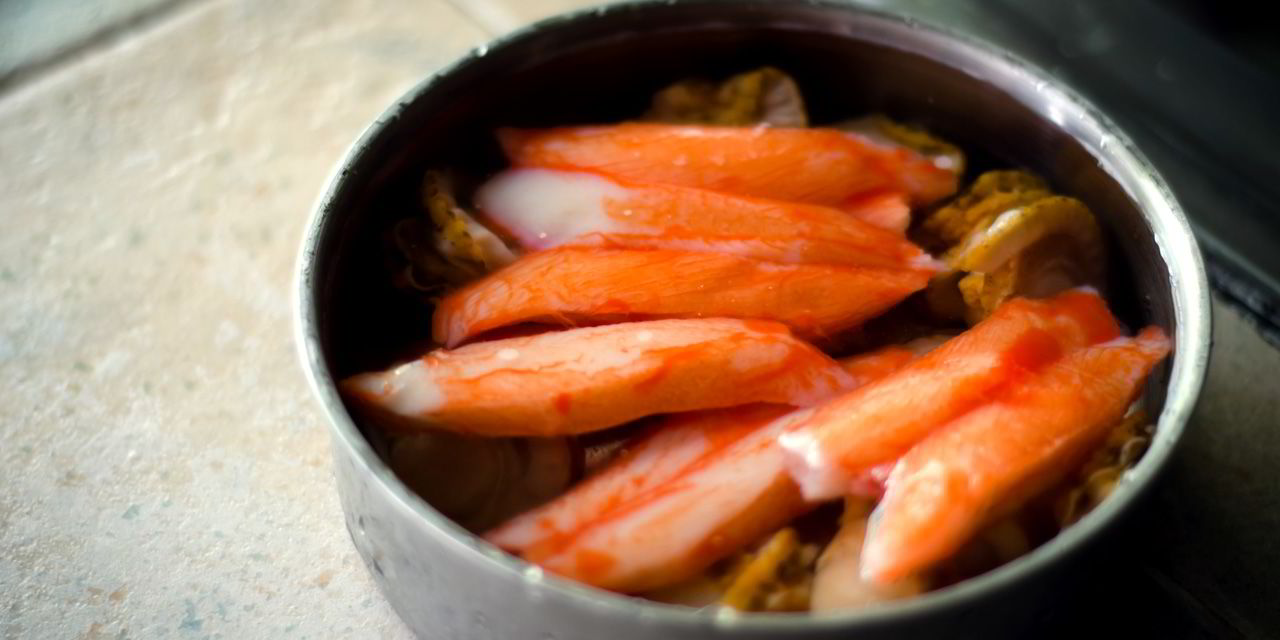Japan’s surimi industry has seen a 30 percent decline to 289,700 metric tons over the last 20 years, with poor domestic catches, less tropical surimi from Southeast Asia and increasing demand in other markets all taking their toll.
Of the total supply, domestic production accounts for only 20 percent at around 60,000 metric tons, compared to 155,800 metric tons in 1993 when the domestic supply share was as high as 40 percent.
Domestic production is expected to decline further in the next couple of years due to low pollock stocks.
Tropical surimi had been an alternative raw material to make up the domestic supply shortage but poor harvests and increasing demand in the region means Alaska pollock is now the only reliable source.
Want to read more about the supply, pricing and sourcing trends of Japan's key seafood imports? Then our new exclusive report on the Japanese seafood market is an essential read.
